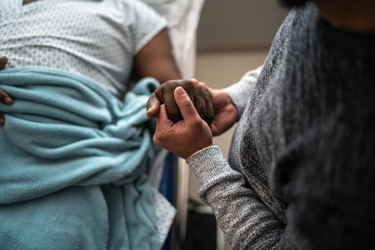How To Use Patient Registries And Natural History Studies In Rare Disease Development
By Kris O'Brien

Successful drug development requires a deep understanding of the disease of interest—its etiology, epidemiology, presentation, manifestations, and progression. In rare diseases, however, much of this information may be unknown. Patient populations are small and historical data are collected inconsistently and dispersed across treating physicians practicing in diverse geographies. Patient registries and natural history studies are valuable sources of rare disease information for sponsors seeking to design reliable clinical trials with relevant, meaningful outcome measures.
In this blog post, we explore the distinctions between registries and natural history studies, highlighting the potential value of each in informing and shaping clinical development in rare diseases.
Get unlimited access to:
Enter your credentials below to log in. Not yet a member of Clinical Leader? Subscribe today.
